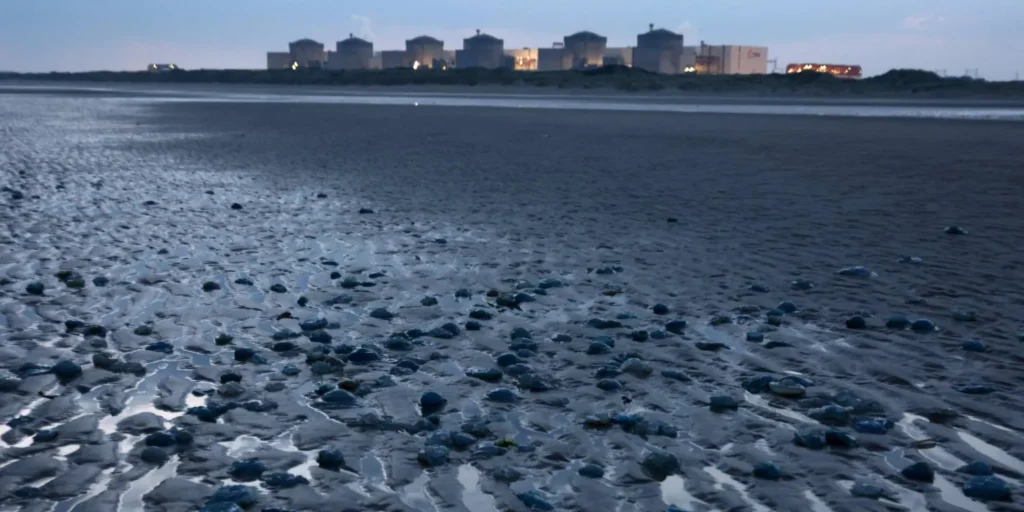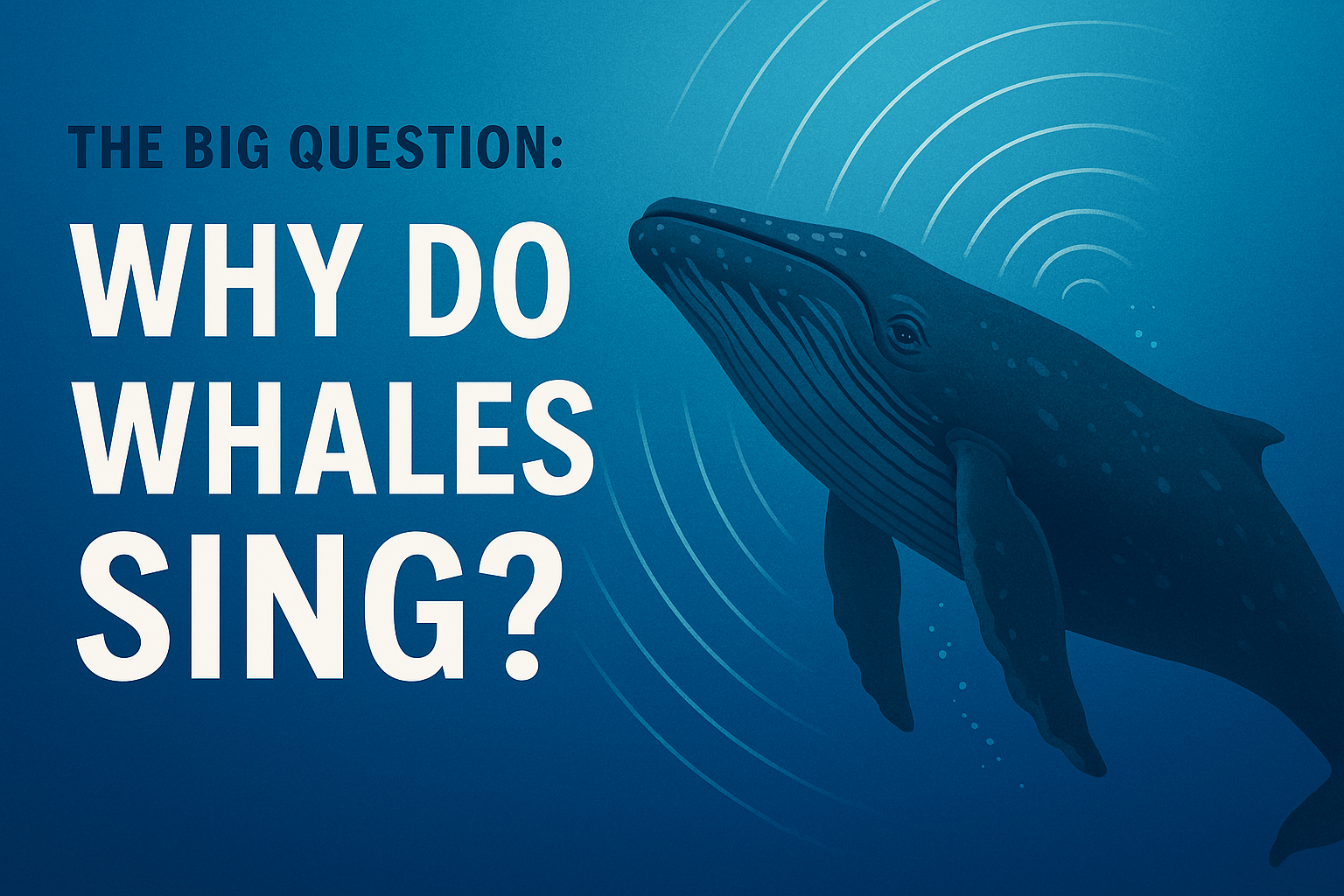Jellyfish Attack on France’s Biggest Nuclear Plant
On August 10, 2025, millions of jellyfish invaded the Gravelines Nuclear Power Plant in northern France, forcing an emergency automatic shutdown.
The plant draws seawater from the North Sea for cooling, but jellyfish slipped through filters, clogging the system and halting reactor operations.
These creatures have no brain, bones, or blood, yet they disrupted one of Europe’s most critical energy facilities in just a few hours.
Rising sea temperatures and changing ocean conditions drove the jellyfish toward coastal waters, making such swarms more frequent in recent years.

Plant engineers monitored the situation closely, ensuring the shutdown occurred before any overheating threatened reactor safety or the surrounding environment.
EDF, the plant’s operator, confirmed all safety systems worked perfectly, proving the automatic response prevented serious damage or power grid instability.
Within hours, teams began clearing the clogged filters, using specialized equipment to remove the jellyfish without harming other marine life nearby.
Marine experts believe the swarm size increased due to overfishing, which reduced predators like turtles and certain fish species that normally control jellyfish populations.
Similar incidents occurred in Israel, Japan, and Sweden, showing this is not a rare problem but a growing global energy concern.
The Grave lines event highlights how natural forces, even small ones, can challenge advanced technology and create serious disruptions in essential infrastructure operations.
Why This Matters for the Future
Climate change plays a direct role in increasing jellyfish swarms, with warmer waters boosting their reproduction and altering their seasonal migration patterns significantly.
Energy companies worldwide must prepare for such biological threats, designing better filtration systems to handle flexible, soft-bodied creatures like jellyfish without operational shutdowns.
This incident proves that environmental changes can directly threaten human technology, making adaptation strategies essential for future coastal power generation.

The automatic shutdown at Gravelines showed strong preparation, but constant updates to safety protocols will be necessary as ocean conditions continue to change.
International cooperation between marine scientists and energy engineers could develop solutions that protect both power plants and marine ecosystems from harmful encounters.
Public awareness of these events helps drive policy changes that prioritize climate action and sustainable fishing practices to reduce jellyfish bloom risks.
Nuclear energy remains an important low-carbon power source, but environmental factors like marine life must be addressed to ensure reliable electricity supply.
Future designs may include smarter sensors, improved water intake routes, and rapid response systems that minimize operational downtime during biological intrusions.
The Gravelines shutdown did not cause blackouts, but it demonstrated how even a day’s pause in production can strain national power grids.
Nature continues to remind humanity that technology, no matter how advanced, must coexist with and adapt to the living world around it.




